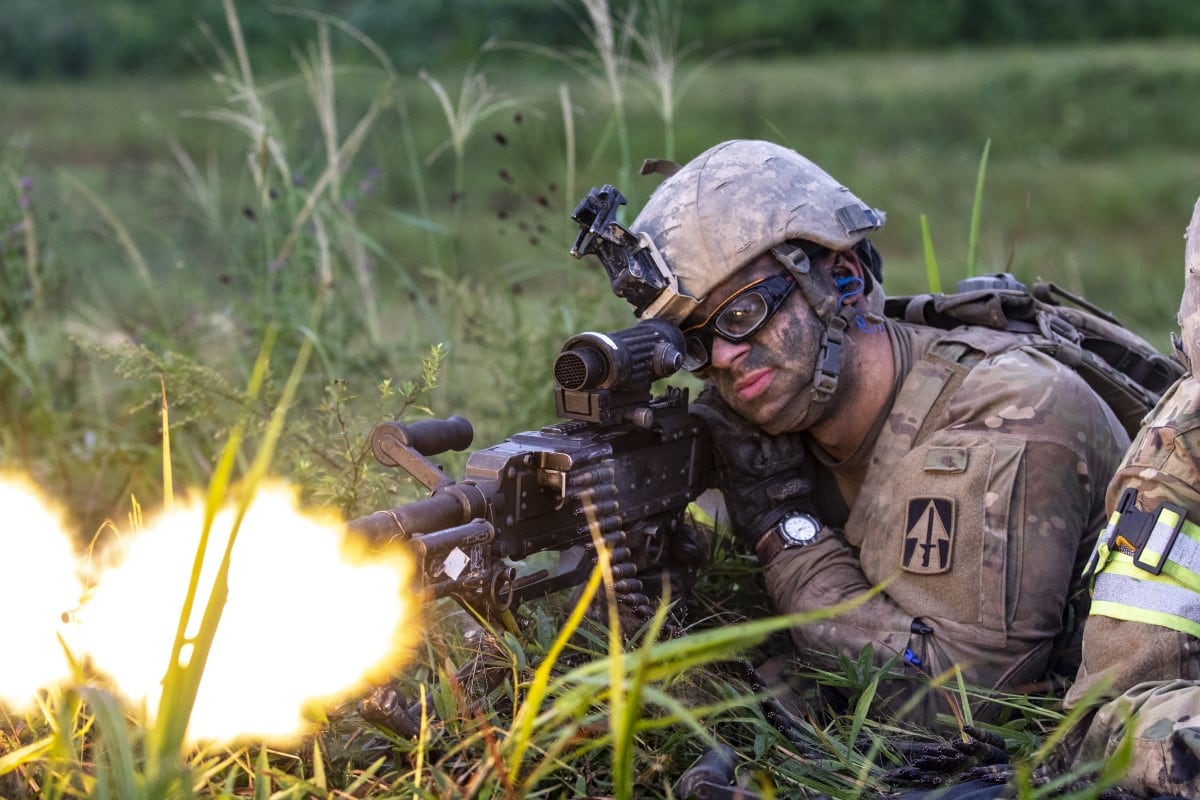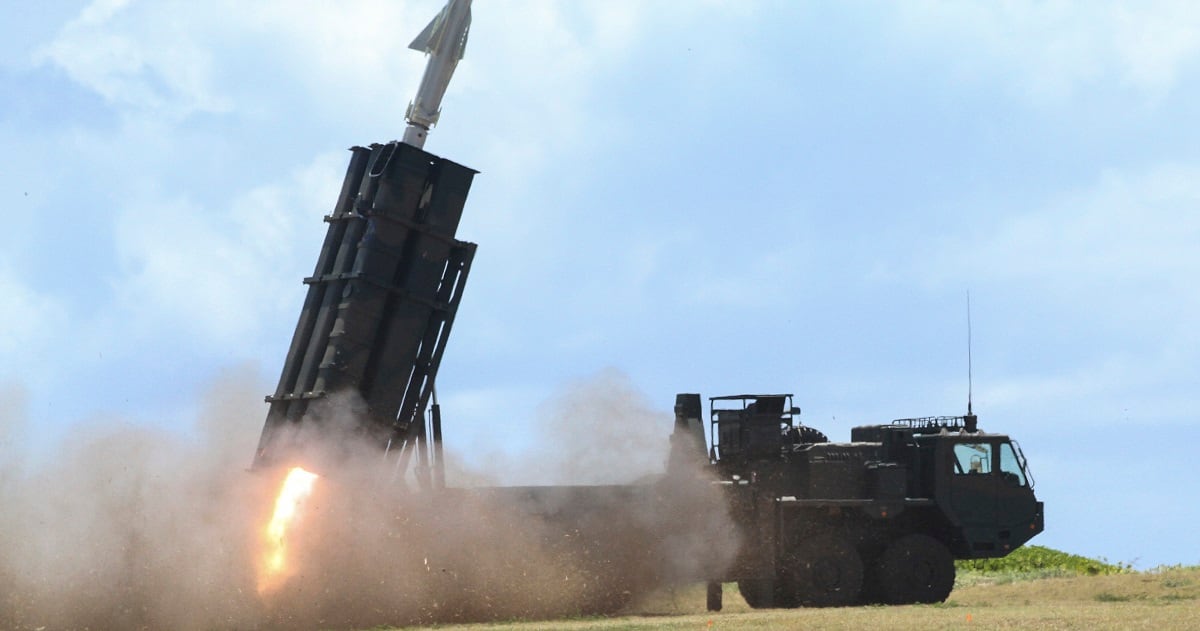Soldiers from the Indiana National Guard recently completed a three-month deployment in the Pacific as the first-ever task force leader for a joint exercise called Pacific Pathways.
The Pathways program has U.S. Army units aligned with multiple partner nations for training in those countries and moves headquarters for the main task force from nation to nation by ship, much like they would if fighting a larger-scale conflict in the region.
A modified version of the 76th Infantry Brigade Combat Team led those efforts, beginning in July, said Command Sgt. Maj. James Gordon.
But equipment shipping began more than a year ago, and training leading up to this culminating event in the typical five-year Guard training cycle began about three years ago.
Gordon and three other soldiers with the brigade spoke this week to reporters at the Pentagon, part of an ongoing Lethality Series that features tactical-level soldiers speaking with the press about their fieldwork.
Not all soldiers spent three months in the Pacific. Most rotations were 15- to 21-day tours for direct training with ally counterparts. The IBCT was spread out over Australia, Japan, Indonesia and Hawaii.
But Sgt. David Kent, a section leader with Headquarters Company, 76th IBCT, did get to train in all but Hawaii as part of the brigade’s tactical operations center.
The TOC oversaw missions for each of the field exercises, which were conducted by reduced battalions in Australia, Hawaii and Japan.
The standard battalion includes about 850 soldiers, but for this deployment each numbered at about 550 to meet the training area and operational needs of each partner force, Gordon said.
In Japan, Sgt. Samuel Gawaluck, squad leader for 2nd Battalion, 151st Infantry Regiment, worked urban operations with his Japanese counterparts. The teams would take turns doing room clearing exercises early in training, which culminated with both forces splitting a mock town in two, the Americans taking one side while the Japanese took the other.
Opposition forces simulated mechanized and lightly armored forces, rather than terrorist forces, which have been more commonplace over the past few decades.

The Guard unit was chosen in part because it had completed a BCT rotation to the Joint Readiness Training Center in Fort Polk, Louisiana, Gordon said.
Sgt. 1st Class Daryl Bollhoeffer compared unit training at JRTC and the Pathways exercise.
“At the platoon and company level, JRTC is extreme, very mentally and physical stressful,” he said.
But there isn’t much time for reflection between movements, as the training schedule is tight, and the next event is always around the corner.
With the real-world deployment to other countries, the potential for the unknown arises more often.
“In another country, in essentially the real world, nothing is structured, but nothing is canned,” he said.
RELATED

Bollhoeffer said the actual loading up and moving across the globe for the exercise also gave newer soldiers who’ve not deployed to combat a taste of what an actual deployment is like —which includes lots of waiting and unknowns.
“That’s the waiting game, that unknown, that’s real, that’s combat,” he said.
After a long stretch of training leading to the recent three-month event, soldiers are now starting over on their five-year cycle, focusing on individual training and the basics of physical fitness, readiness and soldier schools and training, Gordon said.
Todd South has written about crime, courts, government and the military for multiple publications since 2004 and was named a 2014 Pulitzer finalist for a co-written project on witness intimidation. Todd is a Marine veteran of the Iraq War.









